Life
-
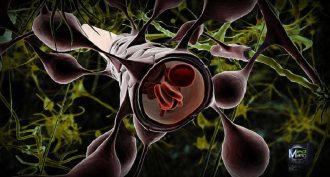 Brain
BrainScientists Say: Blood-brain barrier
Blood can contain nasty bacteria and other things you want to keep away from your delicate brain. The blood-brain barrier is up to the job.
-
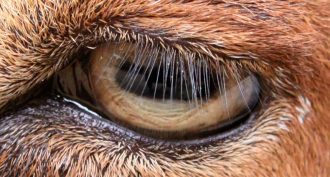 Physics
PhysicsEyelashes: The ‘sweet’ length
New mathematical and aerodynamics studies find what seems to be the optimal length for eyelashes — the length that protects best. And surprise: Longer is not always better.
By Susan Milius -
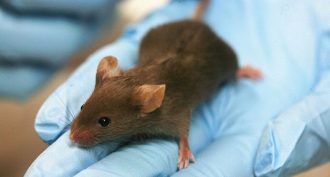 Health & Medicine
Health & MedicineMice can teach us about human disease
Humans and mice look and act very differently. But 85 to 90 percent of their genes are the same or quite similar. So an international group of scientists is deciphering the instructions in mouse genes to help us better understand our own.
-
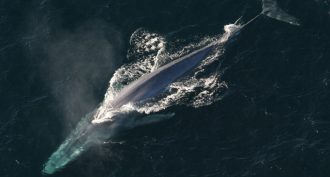 Animals
AnimalsOcean animals have mushroomed in size
Compared to a half-billion year ago, sea creatures are, on average, roughly 150 times bigger, a new study finds.
-
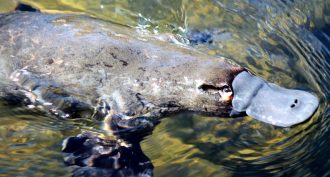 Animals
AnimalsCats and foxes are eating up Australia’s mammals
Since the arrival of Europeans in Australia, a startling number of mammal species have disappeared. A new study puts much of the blame on cats and foxes introduced by the early settlers.
-
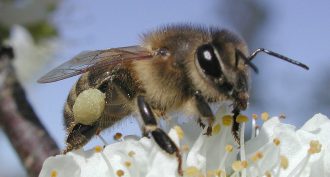 Life
LifeScientists Say: Parthenogenesis
When a baby frog develops from an egg that’s never been fertilized, we call that parthenogenesis.
-
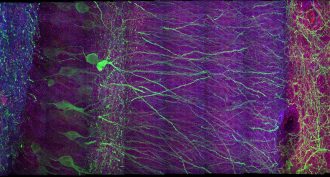 Brain
BrainBlowing up the brain
When added to brain tissue, a chemical like one found in baby diapers expands. And it expands that brain tissue too, giving scientists a better view of how its cells connect.
-
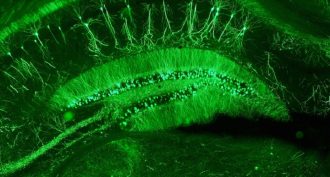 Brain
BrainScans show aging brains can leak
The blood-brain barrier gets leakier with age. That breakdown could contribute to memory problems.
-
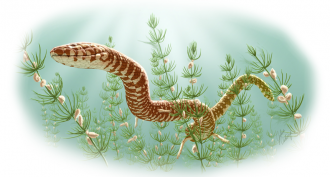 Fossils
FossilsSnakes may have slithered amongst Jurassic dinos
Newly analyzed fossils suggest snakes lived at the same time as the golden age of dinosaurs. These early snakes appear to have had flexible skulls and likely also had four small limbs.
-
 Brain
BrainScreen time can mess with the body’s ‘clock’
Reading on an iPad in the evening can make it harder to fall asleep — and harder to wake up the next morning, a new study finds. The light from its screen tinkers with the body’s clock. And that could risk harming your health.
-
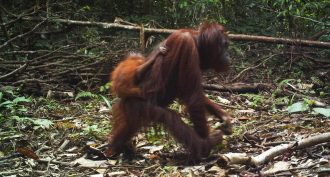 Animals
AnimalsOrangutans take the low road
Cameras spotted orangutans walking down logging roads to get around. That may be a good sign that they can adapt to changes in their woodsy environment.
By Ilima Loomis -
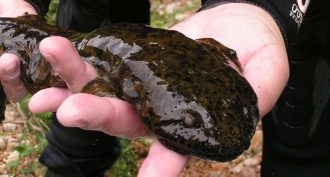 Animals
AnimalsHellbenders need help!
Hellbenders already face threats such as habitat loss, pollution and disease. But climate change could make matters worse. And the problems facing hellbenders could spell trouble for more than just these giant amphibians.